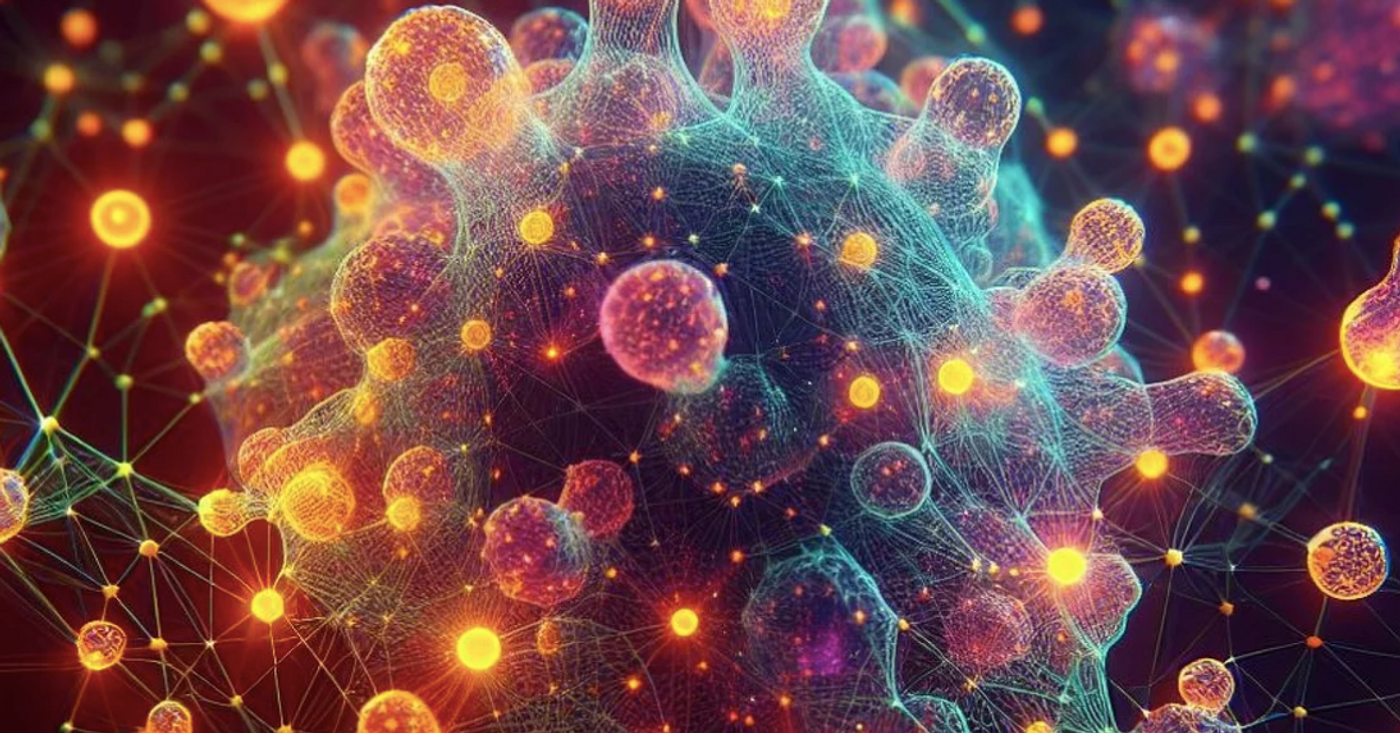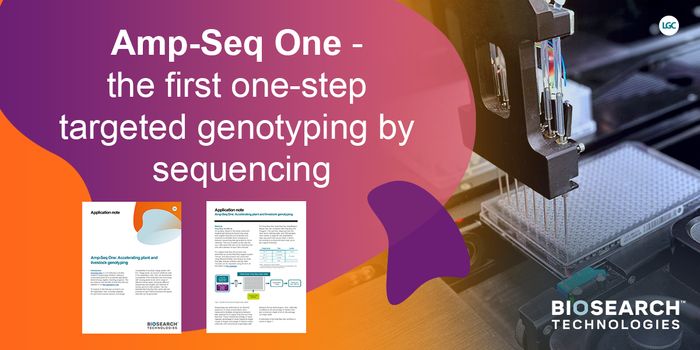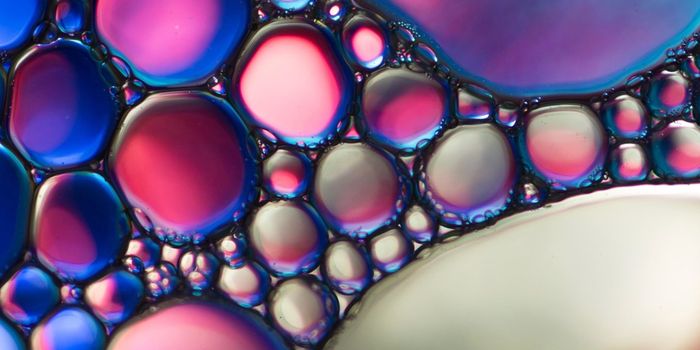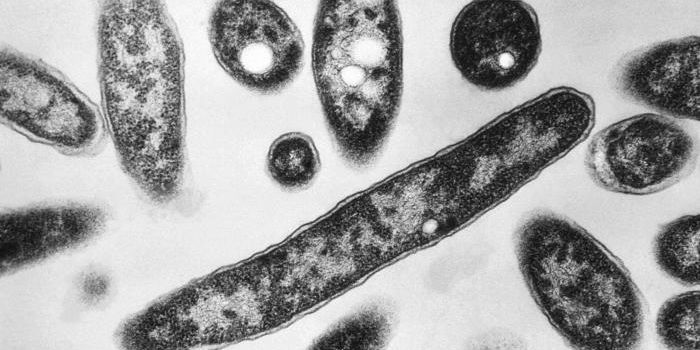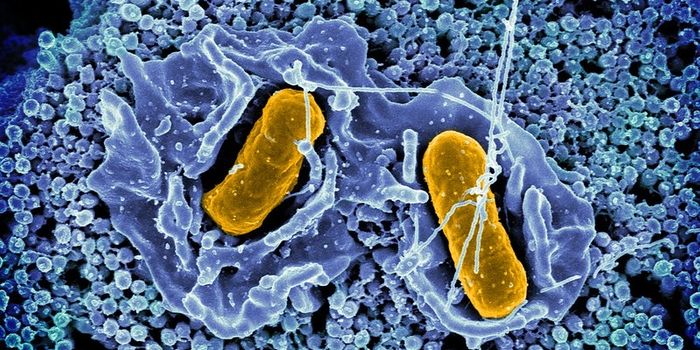Using Engineered Gut Bacteria to Boost Anti-Tumor Immune Activity
The link between cancer and bacteria that live in the human body has been known for a very long time. In the 19th century, inactivated forms of Streptococcus pyogenes and Serratia marcescens were applied to patients to treat inoperable cancer, a strategy that helped about one-third of the patients live without disease for at least a decade. The anti-tumor effects of a variety of different bacterial strains including Clostridium, Listeria, Salmonella, Escherichia, and Lactobacillus have been studied, and some of those strains have been genetically engineered to improve their anti-tumor functions.
Bacteria are able to exist in unique ways in the tumor microenvironment, and can penetrate tumors in their own ways. They also have their own immune-evading and inflammatory mechanisms that can boost anti-tumor immune activity. Some types of Esherichia coli have also been shown to migrate to areas in the body that are low in oxygen, such as tumors. But bacteria on their own are not usually powerful enough to eliminate tumors.
Scientists have been interested in using bacteria to deliver therapeutic payloads to tumors including molecules like enzymes, cytokines, and nanobodies, for example.
Recent research reported in Nature Biotechnology has demonstrated that a type of engineered E. coli can boost the activity of CD8+ T and natural killer (NK) cells, and prevent the progression of disease in mouse models of colorectal carcinoma and melanoma.
These E. coli were altered so they would express murine decoy-resistant IL18 mutein (DR18). Interleukin-18 (IL18) triggers the activity of NK cells and production of interferon (IFN)-γ, and DR18 is more effective at this action.
The engineered E. coli also increased the activity of mesothelin targeting CAR NK cells in the models, which suggests the bacteria can act as a kind of GPS that the immune system may use to target cancer.
The E. coli that displayed DR18 on its surface were shown to have better anti-tumor effects than immune checkpoint inhibitor therapy. The approach led to a 50 to 60 percent cure rate in mouse models. The engineered bacteria also worked with immune checkpoint inhibitor therapy, and these methods may be even more effective in patients when used together.
While more research will be needed, this work has shown that this approach is safe and effective in animal models, and may be ready to test in patient trials.
Sources: Nature Communications, Nature Biotechnology
